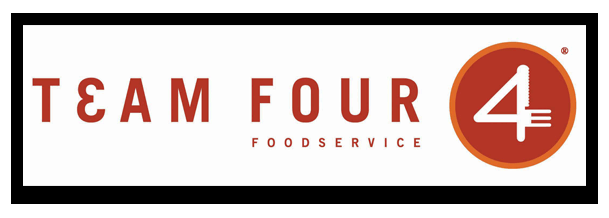|
By many measures, the recovery of the restaurant industry has been a great success story in recent years. The National Restaurant Association says sales are up (forecast to reach $1 trillion this year), operators continue to hire (adding more than 28,000 jobs in March), and nearly half of operators report that competition is stronger than it was last year. But this success has been uneven, as a recent article in The Atlantic explains, and more common in businesses that have managed to ride the dramatic ups and downs of the economic environment. For instance, The Wall Street Journal reports that from 2019 to 2023, sales at quick-service and other limited-service restaurants increased at twice the rate of those at sit-down restaurants. Independent restaurants have been disproportionally affected too, with about 4,500 more closing their doors last year than opening them. Restaurants that have succeeded are often those that have harnessed technology and maximized efficiencies that have allowed them morph into different models throughout the course of the day – fast-casual café in the morning, limited-service later in the day, and ghost kitchen to fill the in-between times, for example. Such changes will likely alter people’s definition of what a restaurant is and what it is capable of offering. Meanwhile, this landscape is creating openings for new services designed to address the needs of independent restaurants, providing them with digital tools that can help them scale their operations and gain efficiencies in ways more typical of larger chains.
0 Comments
|
More Marketing ArticlesFinding the line on guest spendingGet your message outSocial mediaCategories
All
Archives |
Foodservice CEO is provided for informational purposes only. It is intended to offer foodservice operators’ guidance regarding best practices in running their operations. Adherence to any recommendations included in this Guidance will not ensure a successful operation in every situation. Furthermore, the recommendations contained in this website should not be interpreted as setting a standard of operation or be deemed inclusive of all methods of operating nor exclusive of other methods of operating.
Copyright 2023 Team Four Foodservice, All Rights Reserved.





 RSS Feed
RSS Feed